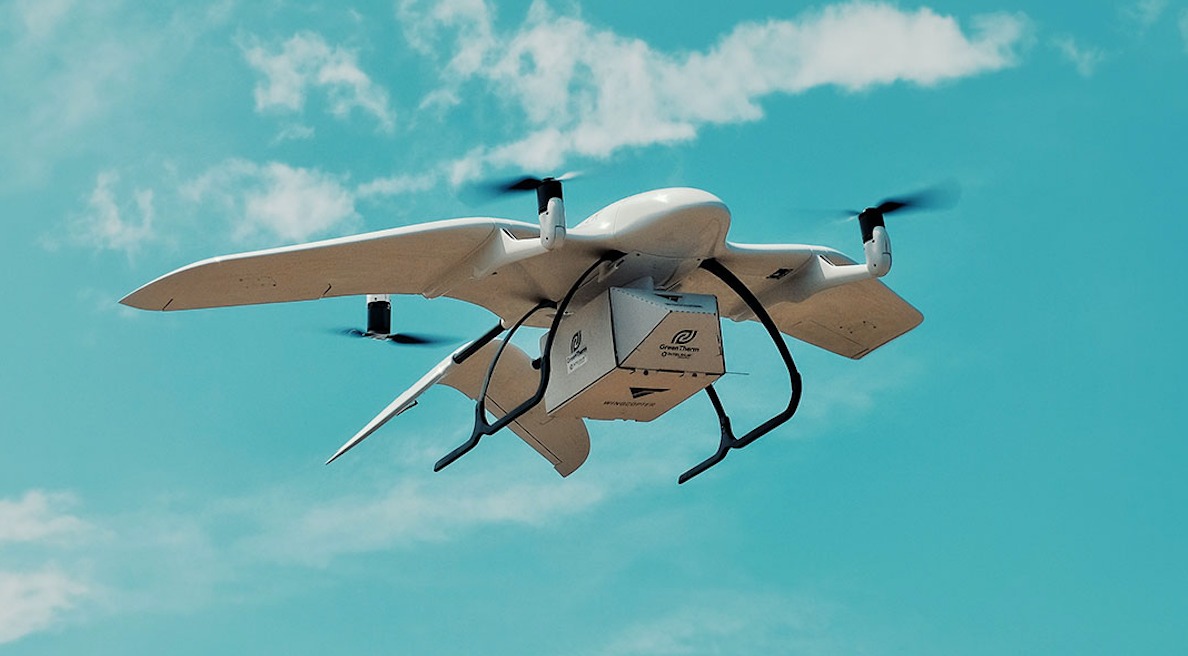In an era defined by rapid technological advancements, urban planners and city officials are increasingly turning to smart city initiatives to address the challenges of modern urbanization. The concept of a “smart city” revolves around the integration of technology and data-driven solutions to enhance the quality of life for residents while optimizing city operations. Over the past decade, the proliferation of smart cities has gained momentum, revolutionizing the way we design, build, and manage urban spaces. This article delves into the world of smart cities, exploring their significance, key technologies, benefits, and potential challenges.
Defining Smart Cities
Smart cities leverage cutting-edge technologies and data analytics to improve efficiency, sustainability, and the overall urban experience. They rely on a network of interconnected devices and systems, often referred to as the Internet of Things (IoT), to collect and analyze data in real-time. This data-driven approach enables city planners to make informed decisions, optimize resource allocation, and enhance the well-being of citizens.
Key Technologies Driving Smart Cities
1. IoT Sensors
IoT sensors are the backbone of smart city infrastructure. These small, connected devices are strategically placed throughout the urban environment to monitor various parameters, such as air quality, traffic flow, and energy consumption. By collecting and transmitting data to centralized systems, IoT sensors enable cities to respond proactively to emerging issues.
2. Big Data and Analytics
The data generated by IoT sensors is immense, and leveraging this information requires advanced analytics tools. Big data analytics help cities identify trends, predict future challenges, and optimize services. For example, data analytics can be used to alleviate traffic congestion, reduce energy consumption, and enhance public safety.
3. Sustainable Energy Solutions
Smart cities prioritize sustainability by integrating renewable energy sources, such as solar and wind power, into their energy grids. Energy-efficient technologies, like smart lighting and HVAC systems, contribute to reducing carbon emissions and lowering operational costs.
4. Smart Transportation
Efficient transportation systems are fundamental to a city’s success. Smart cities employ technologies like autonomous vehicles, real-time traffic management, and integrated public transportation systems to enhance mobility and reduce congestion.
Benefits of Smart Cities
The integration of technology into urban planning brings a multitude of benefits:
1. Improved Quality of Life
Smart cities enhance the well-being of residents by providing efficient public services, reducing pollution, and optimizing healthcare delivery. For example, remote health monitoring and telemedicine services are made more accessible.
2. Enhanced Sustainability
By adopting sustainable practices and reducing energy consumption, smart cities contribute to environmental preservation and combat climate change.
3. Increased Efficiency
Efficient resource management leads to cost savings for both cities and residents. Optimized traffic flow, waste management, and energy usage result in reduced expenses and a higher quality of service.
4. Economic Growth
Investing in smart city technologies can attract businesses and stimulate economic growth. The availability of reliable infrastructure and a skilled workforce often draws tech companies and startups.
Challenges and Considerations
While the advantages of smart cities are clear, their implementation presents challenges:
1. Data Privacy and Security
Collecting vast amounts of data raises concerns about privacy and security. Cities must implement robust data protection measures to safeguard sensitive information.
2. Digital Inclusion
Not all residents have equal access to technology. Ensuring digital inclusion is essential to prevent the creation of a technological divide within cities.
3. Infrastructure Costs
The initial investment required to build a smart city can be substantial. Cities need to carefully plan and budget for these projects.
4. Collaboration
Creating a smart city requires collaboration among various stakeholders, including government agencies, businesses, and the community. Effective coordination can be challenging.
The Future of Smart Cities
As technology continues to advance, the potential of smart cities is limitless. Emerging technologies such as 5G connectivity, artificial intelligence, and blockchain hold promise for further enhancing city operations and services. The journey towards creating truly smart and sustainable cities is ongoing, but the benefits for urban residents are undeniable.
In conclusion, the proliferation of smart cities represents a transformative shift in urban planning. By integrating technology, data, and sustainability principles, cities can address pressing challenges and provide a better quality of life for their residents. While there are challenges to overcome, the continued evolution of smart cities promises a brighter and more efficient future for urban living.



